All products featured are independently chosen by us. However, SoundGuys may receive a commission on orders placed through its retail links. See our ethics statement.
Don't buy wireless headphones without USB audio
May 8, 2025
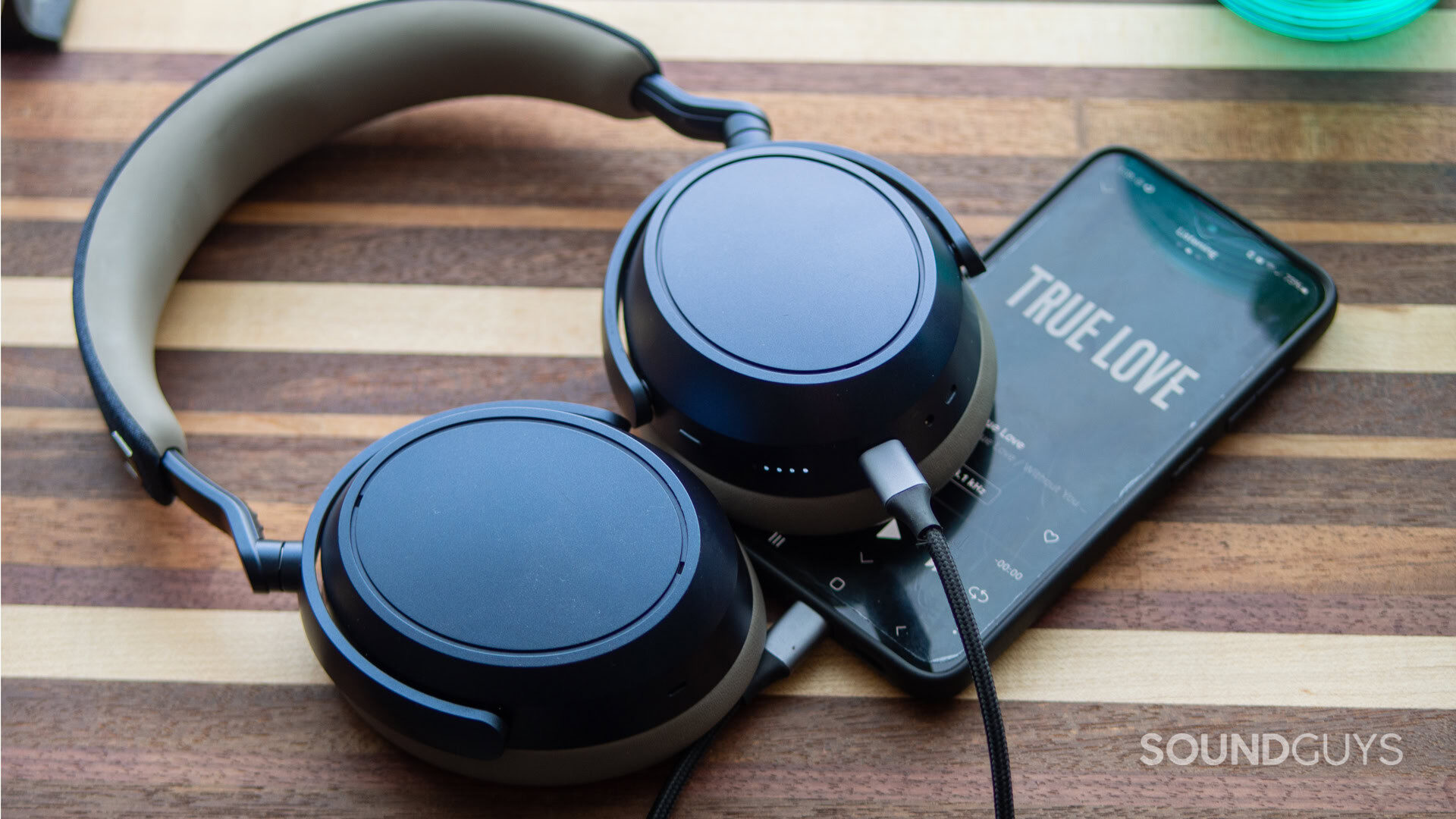
I’m calling it: releasing wireless headphones without wired USB-C audio is no longer acceptable. Allowing users of select wireless headphones to get lossless wired listening, USB-C not only fills the hole left by the disappearance of the headphone jack, but also offers wireless headphones an extended lease on life. Now that more and more new headphones are adding this capability, it’s past time to accept that high-end wireless headphones can’t do it. Demand more; wireless headphones without a USB-C wired mode are incomplete.
How important is USB audio to you when buying headphones?
The world has moved to USB-C as a common connector
The world of 2025 is not the same as it was in 2018 when we were first introduced to the idea of listening to audio over a USB connection. At the time, there were all sorts of issues surrounding the fragmentation of a connector meant to be “universal,” and larger companies decided to pour most of their efforts into wireless headphones instead. For whatever reason, probably cost, most manufacturers that gave USB-C the time of day made earbuds instead of headphones that could double up as wireless and wired. As many people didn’t have phones with the connector, many of these models hit the market and disappeared quickly.
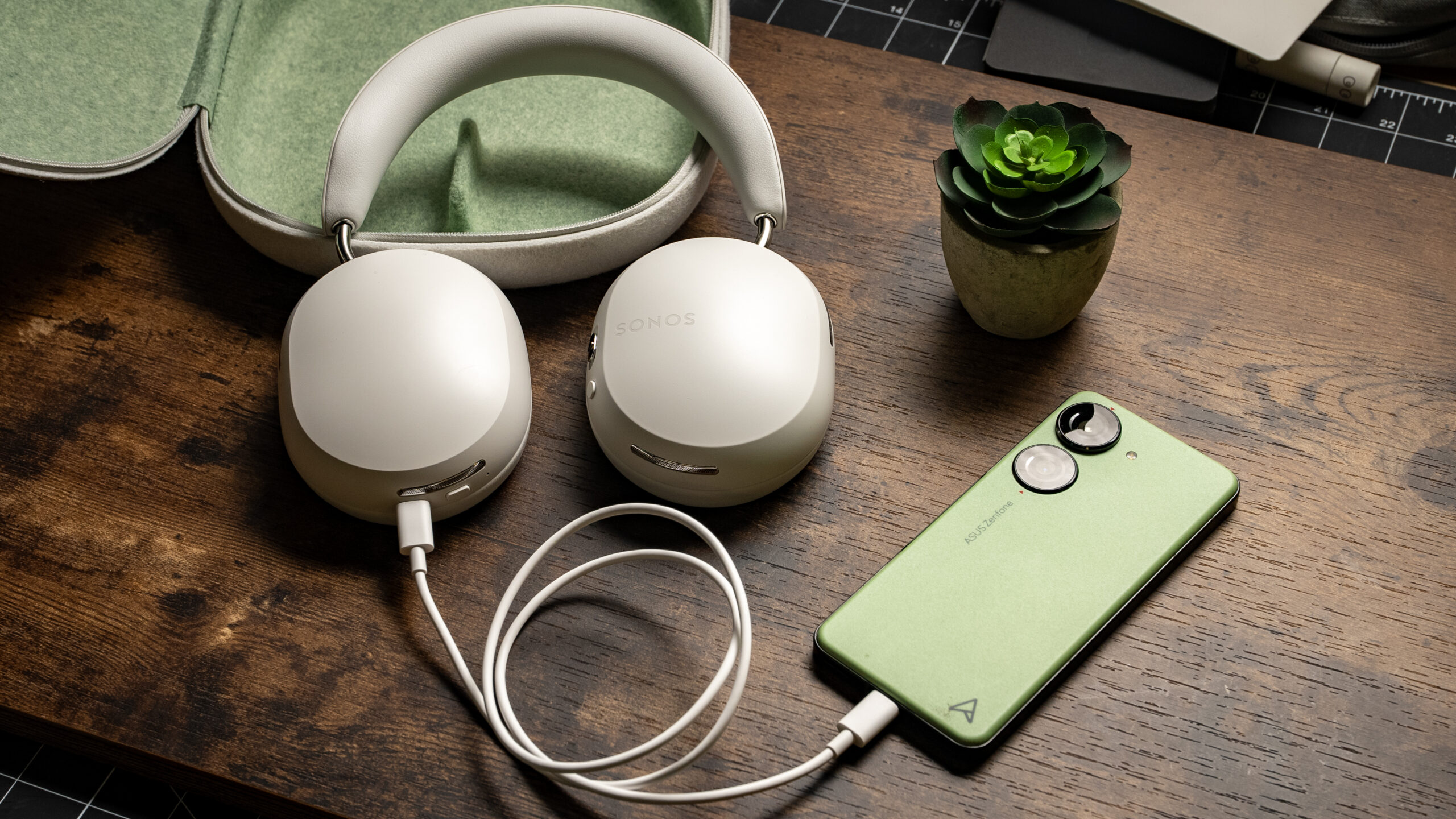
Apple’s devices all used the now-defunct Lightning connector, and Android devices took a couple years to migrate from microUSB to USB-C. Even when you did get a device with USB-C, some phones wouldn’t cooperate with headphones that weren’t from the same manufacturer, and the vast majority of USB-C personal audio products were cheap earbuds. Only JBL, and a handful of established brands even attempted to make mass-market USB-C gear, and those ended up not sticking around for long.
But everything’s changed now.
Over the years, several companies quietly added USB audio capability to popular headphones, and you may actually already own a pair. Through little fanfare, many headsets added the capability as the headphone jack disappeared first from smartphones, and then wireless headphones. If you don’t have to include a TRRS jack in your headphones, then why bother? It’s free savings! Most dongles are plugged into a USB-C port anyway, so why not skip the part where you need to plug in a second floppy cable?
When the EU forced its landmark decision to force portable electronics manufacturers to adopt USB-C as a common connector, Android had long since fully moved over to it, and wireless headphones had already started adopting USB-C as more than a charging port. After the grace period expired, portable device manufacturers had to make a choice: switch to USB-C, or risk losing access to the EU market. Apple, the last major holdout, made the change; USB-C was everywhere. Eventually, Apple also added USB-C wired listening to its AirPods Max headphones.
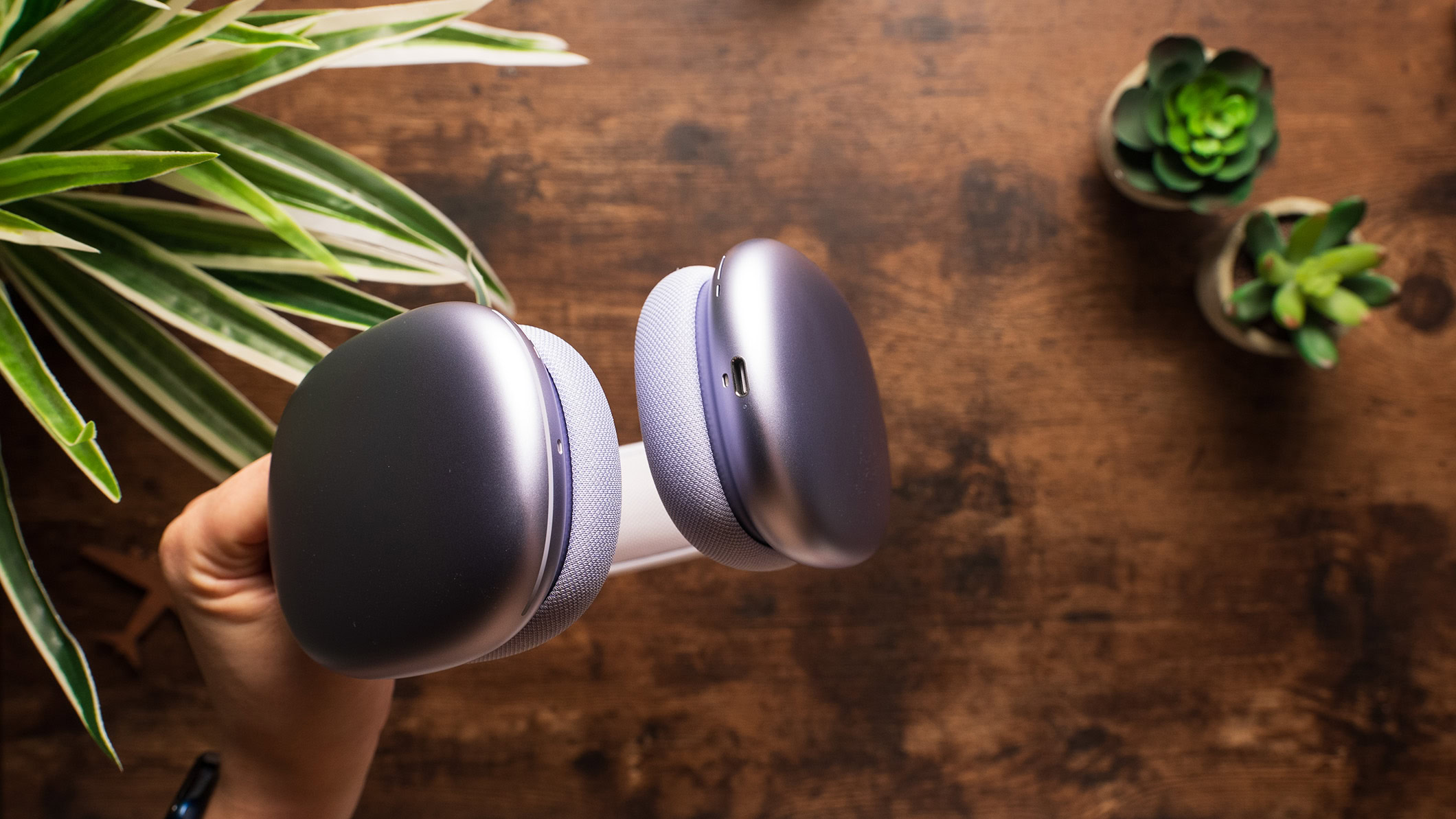
As of publish, Sennheiser, JLab, JBL, Apple, Shure, Google, and more have headphones that offer USB-C lossless audio. And it was made easier by the fact that wireless headphones have pretty much all the necessary guts to handle this task. None of these companies sit shoulder to shoulder with the anonymous brands of Amazon dreck; they’re household names.
The infrastructure is largely there already
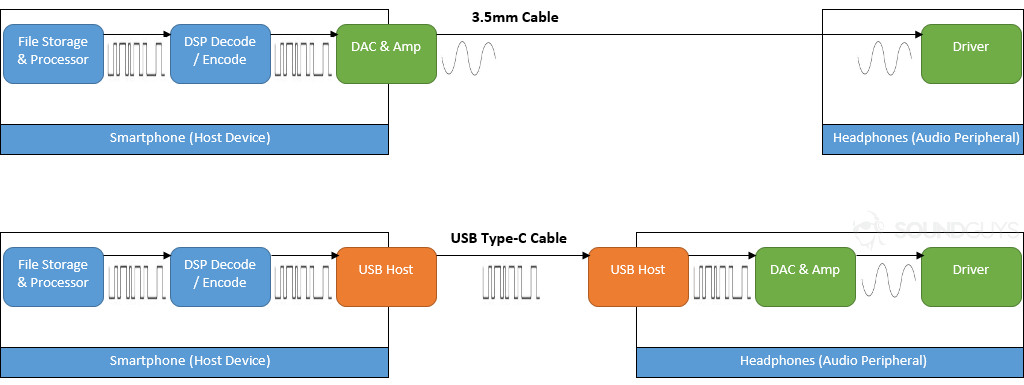
Believe it or not, wireless headphones come packed with most of the hardware necessary to make USB-C audio work. Unlike analog headphones like the Sennheiser HD 600, wireless headphones need to receive a digital signal, decode it, convert it to an analog one, and send it along to the bits of your headphones that make sound. While there’s some variation on what companies decide to stuff into their products, the main thing standing in the way of wireless headphones being able to take in a wired digital signal is adding a signal path to the DAC/amp assembly from the USB assembly. From there, the rest of the components are in place.
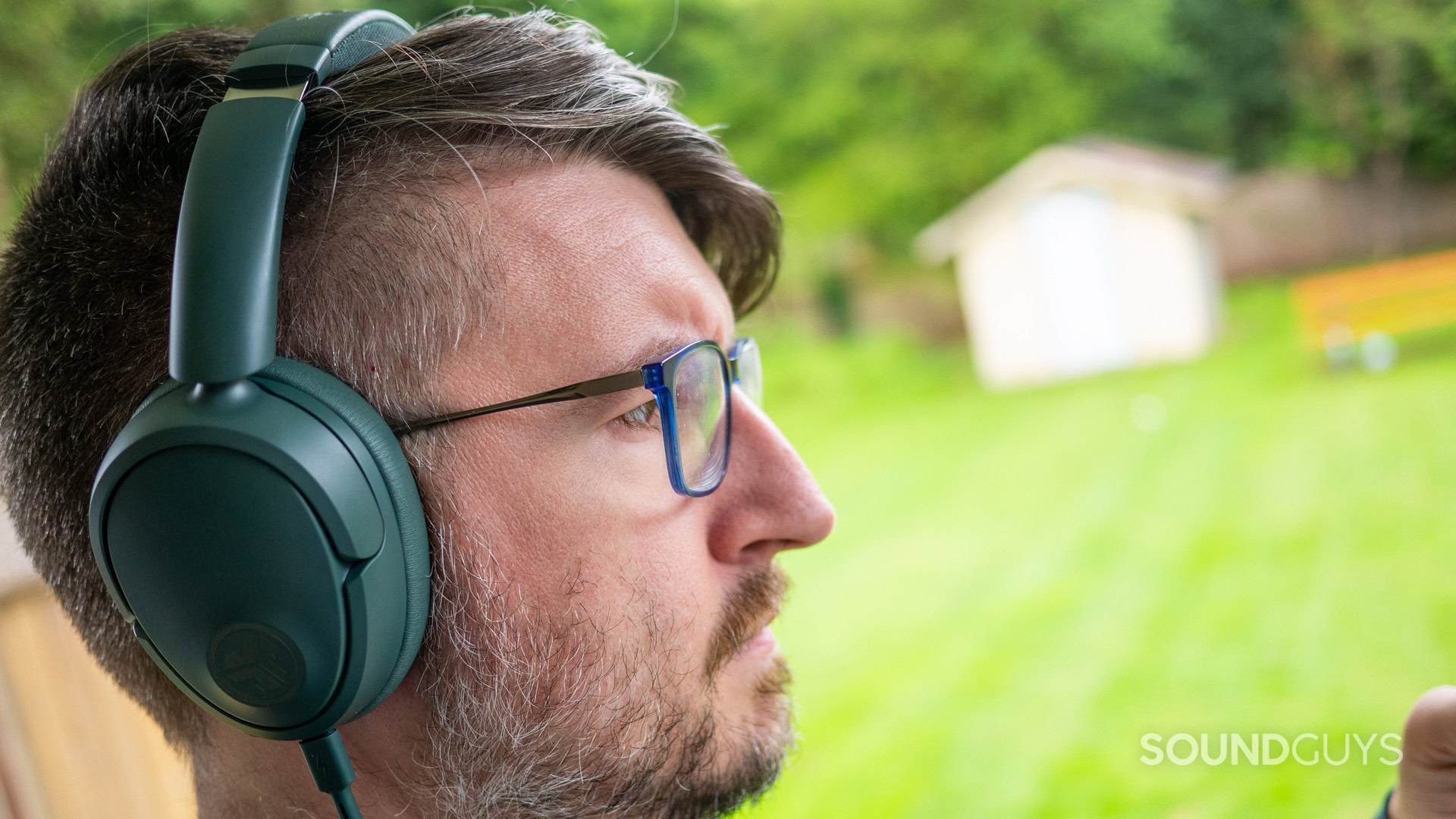
This sounds a bit oversimplified, and it is; there are lots of costs and problems to solve associated with even making minor changes to a manufacturing process. However, when so many companies have figured out how to do this — and cheaply, I might add — it stops being okay to be the laggard peddler of incomplete products. The world has moved onto a connector that enables listeners’ headphones to act as their own sound card, and without the performance compromises of wireless. If a company spurns that advantage for some savings, it’s limiting the pool of potential buyers for little upside.
USB wired audio offers true lossless, where wireless doesn’t (yet)
What is the point of the entire signal chain between the source device and headphones? To get your music to your headphones in a state that’s as unaltered as possible — at least, not altered unintentionally. USB audio can, and it brings a bit-perfect stream of data to the headphones to decode and play back.
You may not want to use wired audio on the bus, but it's nice to have when you're at the computer or chilling on the couch, right?
By allowing your headphones to handle this, you can avoid all the issues introduced by the mishmash of analog gear you’ve acquired over the years. Over USB, the signal is digital until the headphones themselves convert it to analog in the way they want to, so there’s little opportunity for interference, impedance mismatches, or other garbage making your sound worse than it should be. Unlike your traditional headphone jack, headphones using USB don’t fall victim to crappy gear because they handle all of the responsibilities once shouldered by your phone, computer, or other source.
Even the wireless headphones with a TRS plug can sometimes sound worse than they should. Because the analog signal path often bypasses the DSP on your headphones when used in passive mode, it can’t take advantage of what the headphones’ electronics have to offer. If you’ve ever wondered why your ANC headphones sound worse when you use them wired, this is probably the reason why.
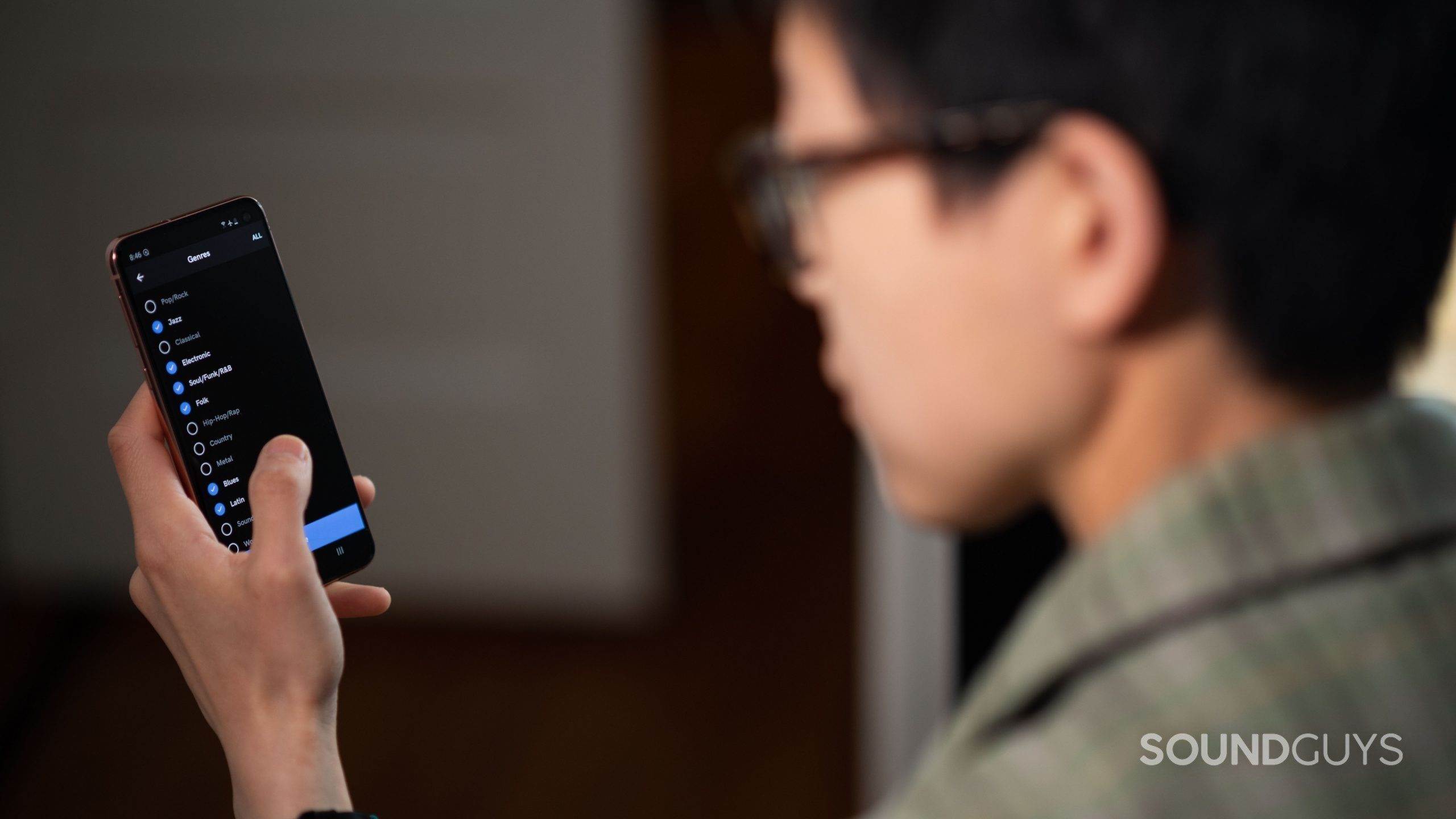
But not everyone cares about this. In fact, the war between wired and wireless was won long ago by people who preferred the convenience of not having a cable dangling from their ears to the performance of having higher-quality audio. It doesn’t matter that wireless can’t do true lossless transmission just yet, even if it’s just over the horizon. However, few phones on the market currently offer much in the way of competing with wired lossless audio for the people that care about such things. For example, many Samsung phones with the requisite hardware for Snapdragon Sound simply don’t support the best capabilities it offers, and the Samsung Codecs that replace it only work with Samsung products.
For at least the next few years, there’s a real benefit to having headphones that can work while wired. It’s better than just having a backup connection method. You may not want to use wired audio on the bus, but it’s nice to have when you’re at the computer or chilling on the couch, right?
Dollars are getting harder to come by
And now, let’s face the fact that the future doesn’t look all that great, economically speaking, anyway. Prices are going to skyrocket on a lot of goods, including headphones. Headphones will assuredly see collapsing sales figures as consumers attempt to figure out what will last them several years, and plan for maintaining a product for many times longer than they do now. I say that because wired audio allows you to skip the nonsense associated with wireless for a while, and even the analog passthrough will also allow you to limp along for a greater period of time when your battery life starts to go to crap after a couple years.

It won’t be today, or even tomorrow, but soon, people are going to have to start changing how they look at buying items like headphones. Product longevity — both in feature relevance and durability — is more critical in times of scarcity. Gone are the days when you can simply grab something on the cheap from AliExpress or Amazon when your cans break (if you’re in the US). With price hikes and tariffs the way they are, even casual consumers are going to have to be more careful with how they spend their money when it comes to wireless headphones in particular.
With the risks of buying “wrong” becoming so great, not offering an alternate connection method like USB audio is going to be one of those features that can convince someone to look elsewhere, even if they don’t use that feature all that often. If you have to spend a significantly higher price for the same headphones, are you going to accept that they’ll die in two years, or are you going to consider buying a set that could last you longer for a similar amount of money?
When so many companies have figured out how to do this, it stops being okay to be the laggard peddler of incomplete products.
If you buy a brand-new JLab JBuds Lux ANC, Apple AirPods Max, or JBL Tour One M3, you could extend the life of your headphones quite a bit. But the Sony WH-1000XM5 or Bose QuietComfort Ultra? Not so much. And the latter two headphones cost more than the JBL or JLab options, too. So, the frugal shopper will have an easier time deciding between these headsets when protecting their money is on the line. If you’re a headphone company and you want your wireless headphones to compete, omit USB-C wired audio at your own risk.
Thank you for being part of our community. Read our Comment Policy before posting.